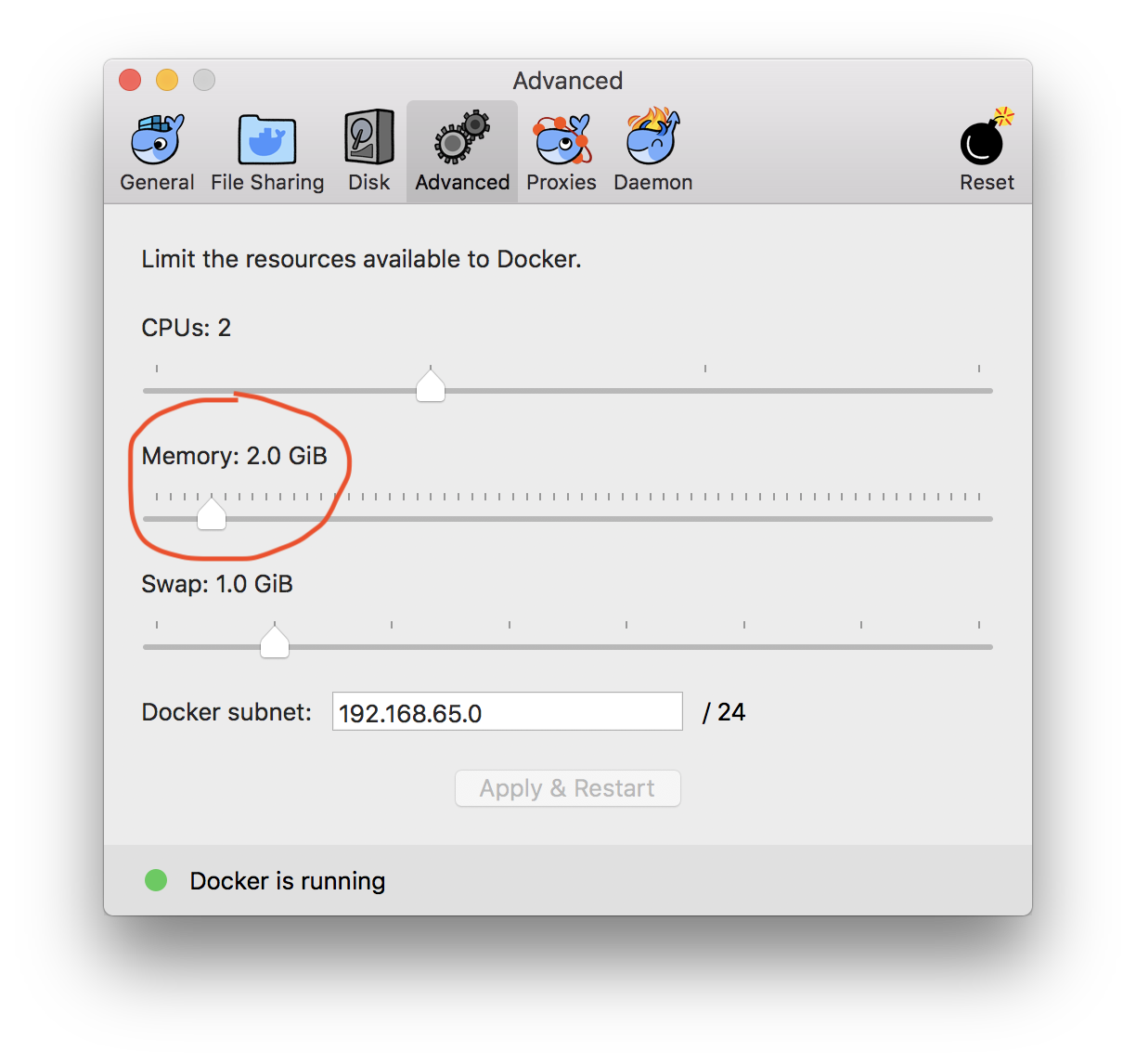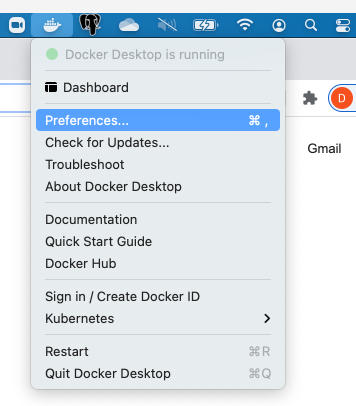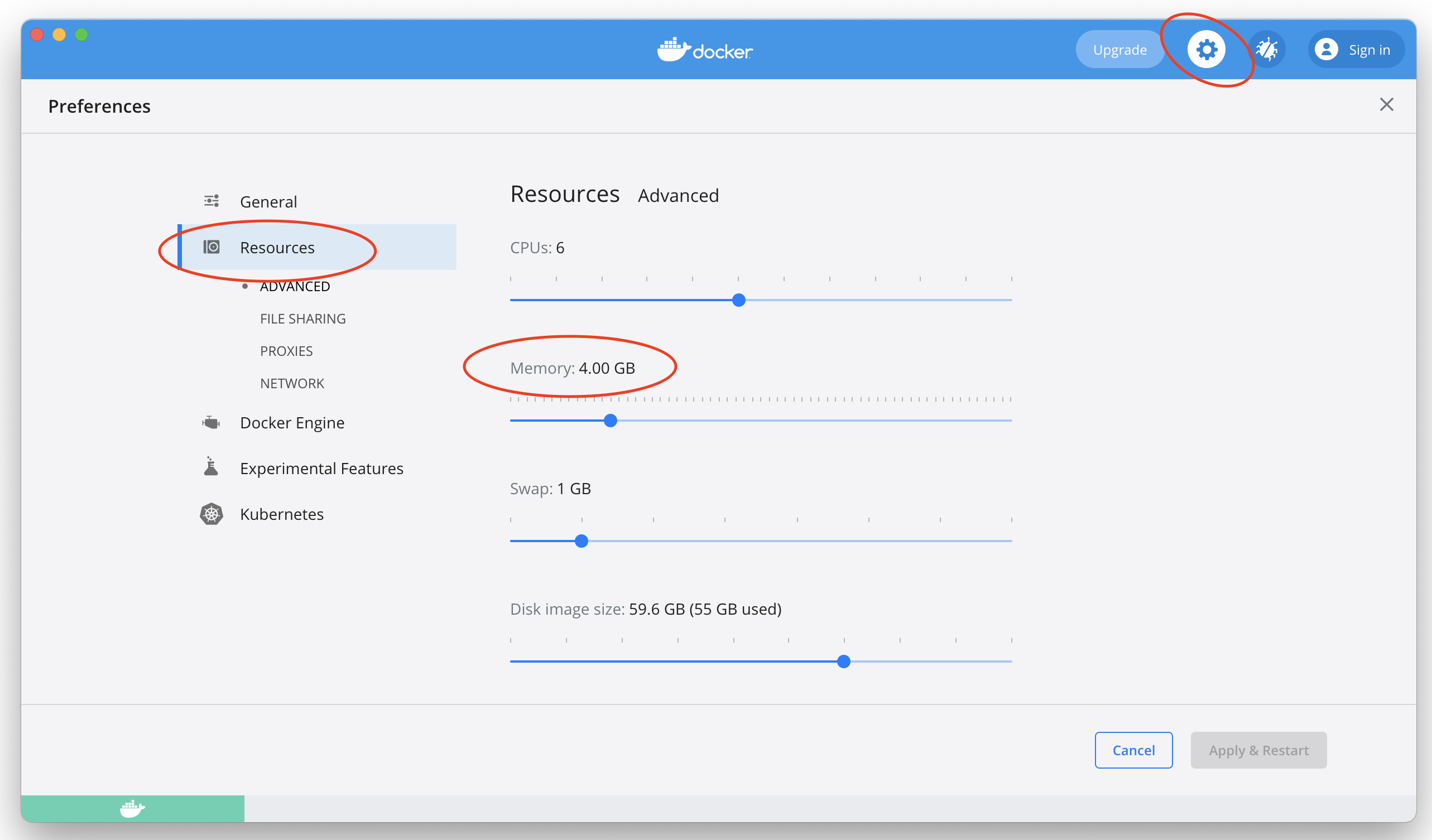As the title reads, I'm trying to assign more memory to my container. I'm using an image from docker hub called "aallam/tomcat-mysql" in case that's relevant.
When I start it normally without any special flags, there's a memory limit of 2GB (even though I read that memory is unbounded if not set)
Here are my docker stats
CONTAINER CPU % MEM USAGE / LIMIT MEM % NET I/O BLOCK I/O PIDS
ba57d6c9e9d2 0.22% 145.6 MiB / 1.952 GiB 7.29% 508 B / 508 B 0 B / 6.91 MB 68
I tried setting memory explicitly like so but with same results
docker run -d --memory=10g --memory-swap=-1 -e MYSQL_PASSWORD=password -p 3307:3306 -p 8081:8080 aallam/tomcat-mysql
I've read that perhaps the VM is what's restricting it. But then why does docker stats show that container size limit is 2GB?




